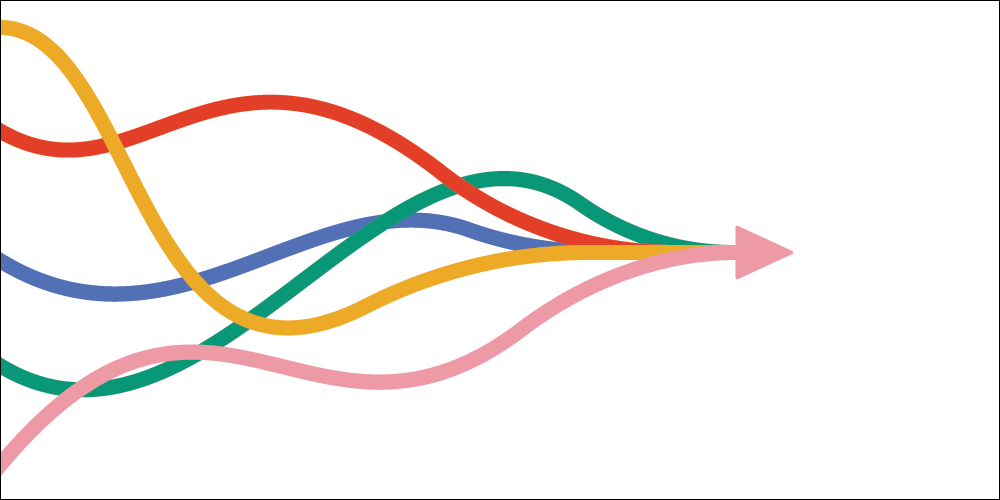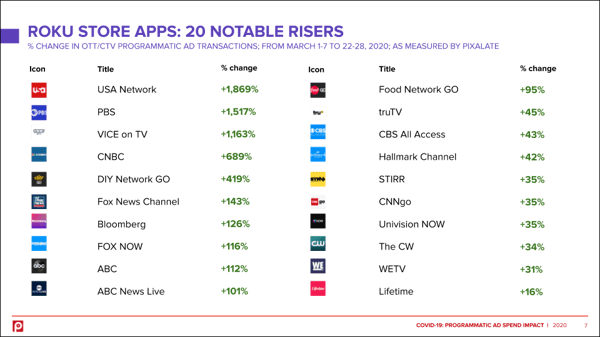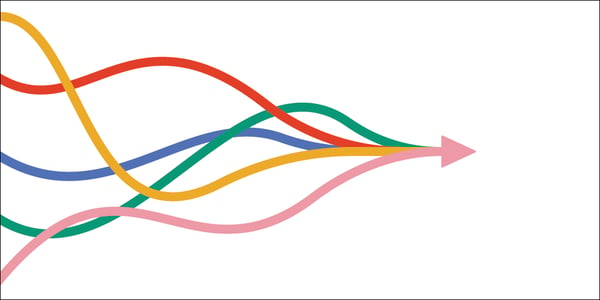
This week's review of ad fraud and quality in the digital advertising space.
Pixalate’s Programmatic Ad Spend in the Age of COVID-19: Connected TV/OTT Advertising report provides an analysis of how U.S. programmatic advertisers reallocated investments in March 2020 in response to the crisis.
Key Findings: Programmatic Connected TV/OTT ad spend decreased 14% in March

While overall programmatic OTT/CTV ad spend decreased 14% in March, certain apps saw big jumps in demand, according to Pixalate's Programmatic Ad Spend in the Age of COVID-19: Connected TV/OTT Advertising report.
Among the biggest risers were PBS (+1,517% increase in programmatic ad transactions in March 2020), CNBS (+689%), DIY Network GO (+419%) and others.

This AdExchanger op-ed notes that due to COVID-19, "Connected TV is a prime opportunity for marketers — and ad fraud."
"Connected TV already has its share of ad fraud problems thanks to its attractive double-digit CPMs and its lagging capabilities for ad measurement and verification compared with desktop and mobile web," the op-ed reads. "Couple these factors with increased consumption habits and a market now distracted by bigger issues – the coronavirus – and it’s not hard to see connected TV as an even bigger target for ad fraud."
 "Google plans to soon require all advertisers to provide proof of their identities as well as the countries where they do business, in hopes of providing consumers with more insight into online advertising," reported MediaPost. The information is expected to be made available to consumers in the "Why this Ad" menu on Google ads by this summer, per MediaPost.
"Google plans to soon require all advertisers to provide proof of their identities as well as the countries where they do business, in hopes of providing consumers with more insight into online advertising," reported MediaPost. The information is expected to be made available to consumers in the "Why this Ad" menu on Google ads by this summer, per MediaPost.

Adweek has reported that The Trade Desk is asking SSPs for "a single supply path to publisher inventory" to create "a more transparent marketplace."
*By entering your email address and clicking Subscribe, you are agreeing to our Terms of Use and Privacy Policy.
These Stories on Weekly Recaps
*By entering your email address and clicking Subscribe, you are agreeing to our Terms of Use and Privacy Policy.

Disclaimer: The content of this page reflects Pixalate’s opinions with respect to the factors that Pixalate believes can be useful to the digital media industry. Any proprietary data shared is grounded in Pixalate’s proprietary technology and analytics, which Pixalate is continuously evaluating and updating. Any references to outside sources should not be construed as endorsements. Pixalate’s opinions are just that - opinion, not facts or guarantees.
Per the MRC, “'Fraud' is not intended to represent fraud as defined in various laws, statutes and ordinances or as conventionally used in U.S. Court or other legal proceedings, but rather a custom definition strictly for advertising measurement purposes. Also per the MRC, “‘Invalid Traffic’ is defined generally as traffic that does not meet certain ad serving quality or completeness criteria, or otherwise does not represent legitimate ad traffic that should be included in measurement counts. Among the reasons why ad traffic may be deemed invalid is it is a result of non-human traffic (spiders, bots, etc.), or activity designed to produce fraudulent traffic.”

